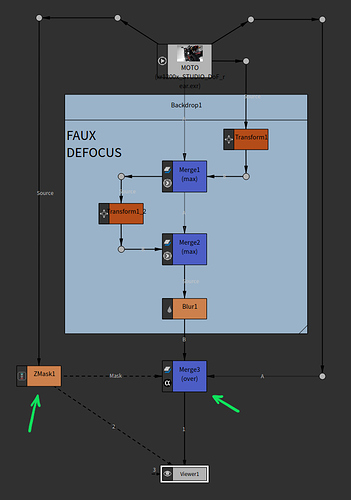

#Natron vs blender software
I don’t view it as bad, I just think Blender is great as a 3D software package but not so great for things like compositing. I am just pointing out that something so simple and subtle as film grain can really change the minds of people like myself. This is not an attack on Blender, I mean come on. Yes Blender’s compositor is handy for things like simple shots or sequences, it is powerful enough for the majority of Widow even, however it was simply taken out of the equation by a simple effect of … film grain. So in the middle of the night it kind of changed my mind a bit on what I am doing with the short film. Not exactly the color I want the final render to be. This render above is the result, with a reddish tone. I messed around trying to get the best result and well… I can’t!

Now notice that I have created the texture node and added the Color Ramp… set it to RGB and the film grain is overly yellowish? Well default values would make it more of a solid red color. Now with Blender… you need to go through hoops to make a Film Grain texture node. Notice that even zoomed in to this scale, you still can barely make it out but it is still there. Notice the RGB film grain? Yeah it is kind of hard to see at this scale but it is there. In the first example I am going to show you a zoomed in portion of frame 20 in this sequence using a simple film grain plugin in Natron. Here is Scene 009 Shot 001 that has been rendered in EEVEE and saved to MultiLayerEXR. There are several plugins for Natron devoted to film grain while in Blender you need to make it yourself, which I did… but I noticed that the grain in the plugins are RGB and mine are not… and when I tried to make the RGB noise in the film grain, it altered the final render so much that I just could not do it.įor example. What really kicked it for me was the Film Grain. I guess it all comes down to what you prefer. Some use Nuke, some use AfterEffects, some use Photoshop for stills. Not only that but I have read on plenty of places that even Blender users don’t always strictly use the Blender Compositor for post work. Of course if it wasn’t for the development of the compositor we wouldn’t have the MultiLayerEXR format either, so take it as you will. well why not? I have started to notice that Blender’s Compositing is just not as polished as it could be, and in all honesty a 3D modeling, animation and rendering software really doesn’t NEED it… it’s nice to have yes but not a requirement. Originally I thought about using Natron again as practice for real world applications and as Natron has a whole host of plugins available to use….
#Natron vs blender how to
I cannot exactly right now remember why I stopped using it shortly after, maybe I just didn’t understand how to use it, or it kept crashing, or whatever the reason is (I am sure I will read back and go oh yes that is why)… I have started to play around with it again using the Widow EXR renders.

So way back in 2018 I was messing around with the open source compositing software Natron and decided the start using it for Project Widow.


 0 kommentar(er)
0 kommentar(er)
